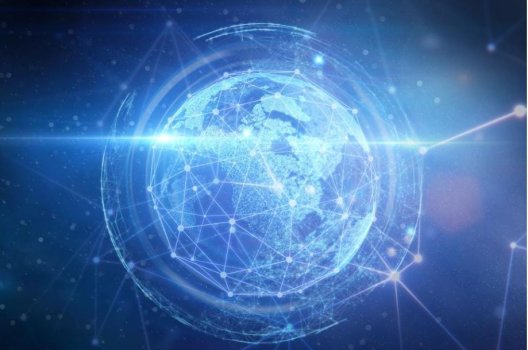The true essence of the internet is the democratization of knowledge and communication. From its earliest roots as ARPANET, the internet has been used to close the information gap over time and distance, increasing access for everyone.
That same spirit fuels the current Web3 movement, as entrepreneurs and innovators work to build the next generation of the internet. In a world where community is key, Web3 seeks to decentralize ownership and decision-making to the people who use it. When implemented at scale, the hope is that decentralization will mean more equity, inclusion and equal opportunity for all citizens of the web.
To understand how that’s possible, it’s important to recognize where this started. Think back to the early days of the internet, with modem sounds, AOL, Netscape, instant messaging and GeoCities. At the time, Web 1.0 was revolutionary because it allowed you to communicate in real time and read content in a more dynamic way than on paper. In retrospect, the user experience was slow, clunky and relatively difficult to navigate.
In the early 2000s, we saw the rise of what we now know as Web 2.0, which is essentially the modern internet. Companies like Apple, Google and Amazon took the basic principles of Web 1.0 but made it mobile, social, user-friendly and dynamic. Sites like Facebook, LinkedIn and Wikipedia empowered users to not just absorb content but to create and interact with it, collaboratively.
Continue reading: https://www.forbes.com/sites/forbestechcouncil/2022/05/10/bridging-web-20-to-web3-means-taking-the-best-of-both-worlds/?sh=57c27c3d53d0
That same spirit fuels the current Web3 movement, as entrepreneurs and innovators work to build the next generation of the internet. In a world where community is key, Web3 seeks to decentralize ownership and decision-making to the people who use it. When implemented at scale, the hope is that decentralization will mean more equity, inclusion and equal opportunity for all citizens of the web.
To understand how that’s possible, it’s important to recognize where this started. Think back to the early days of the internet, with modem sounds, AOL, Netscape, instant messaging and GeoCities. At the time, Web 1.0 was revolutionary because it allowed you to communicate in real time and read content in a more dynamic way than on paper. In retrospect, the user experience was slow, clunky and relatively difficult to navigate.
In the early 2000s, we saw the rise of what we now know as Web 2.0, which is essentially the modern internet. Companies like Apple, Google and Amazon took the basic principles of Web 1.0 but made it mobile, social, user-friendly and dynamic. Sites like Facebook, LinkedIn and Wikipedia empowered users to not just absorb content but to create and interact with it, collaboratively.
Continue reading: https://www.forbes.com/sites/forbestechcouncil/2022/05/10/bridging-web-20-to-web3-means-taking-the-best-of-both-worlds/?sh=57c27c3d53d0

